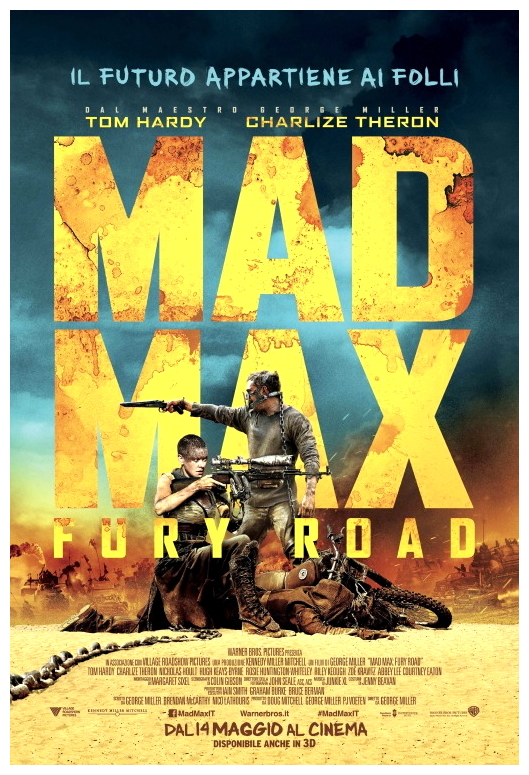
SYNOPSIS:
The former policeman Max is captured by the War Boys tribe, commanded by the Immortan Joe and assigned to be blood donor for the War Boy Nux who is sick. Meanwhile Imperator Furiosa drives a tank truck to collect gasoline for Joe. However her true intention is to flee from the tyrannical Joe with his five women selected to breed hidden in the truck to her homeland. Immortan Joe commands a party to hunt down Furiosa and Max is chained to Nux’s car. Furiosa heads the truck into a sandstorm but Nux continues to pursue her. After the storm, Max succeeds to escape from the car and brings Nux chained with him. He sees Furiosa and the five wives and decides to flee in their truck, but there is a secret to operating the truck and he teams up with Furiosa, leaving Nux in the desert. When Joe’s gang arrives, they retrieve Nux and follow Furiosa. Will Max and the women succeed in escaping from Joe’s gang? (courtesy IMDB)
REVIEW:
If the seventies were the so-called ‘renaissance’ of Australian cinema, then surely Mad Max (1979) starring baby-faced Mel Gibson is our ‘Mona Lisa’. Medical doctor and film-fan George Miller‘s unheralded savagely anarchic ode to the road detoured the Australian film industry away from the period frocks and sexual repression of Picnic At Hanging Rock (1975), The Getting Of Wisdom (1977) and My Brilliant Career (1979), and onto more dangerous uncharted highways. Released in the USA with re-dubbed American accents, many viewers assumed that Mad Max was Italian or Spanish in origin. Mad Max II (1981) was retitled The Road Warrior for release outside Australia so as not to alienate viewers who had not seen the original, and shot the film at Broken Hill in New South Wales where the arid terrain and endless bitumen expanses provided a convincing post-apocalyptic look. Miller sought to re-invent the concept again with a third screenplay that recast Max as Jesus Christ in leather pants, playing saviour to a bunch of kids marooned on a desert oasis.
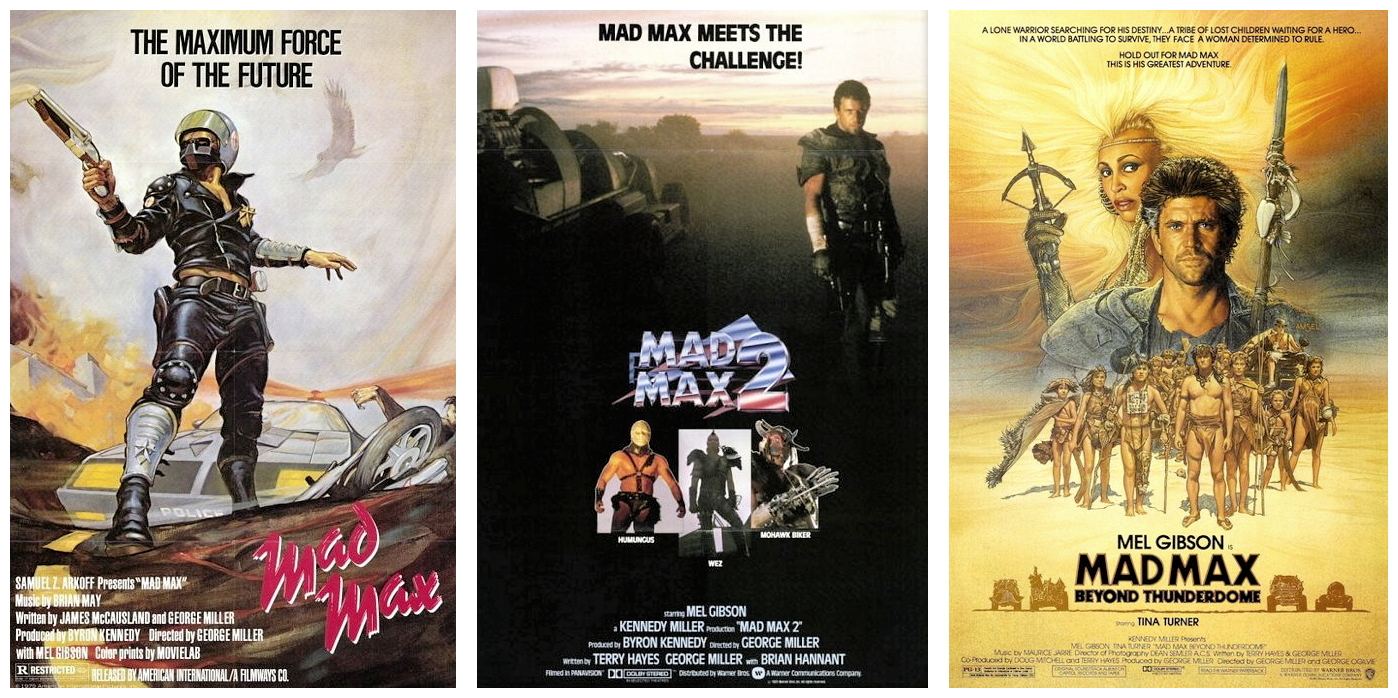
Mad Max Beyond Thunderdome (1985) was shot in opal-rich Coober Pedy in South Australia and features some of the most unusual casting in a major Australian film. Joining Gibson was an over-the-top Tina Turner as Aunty Entity, an exuberant Angry Anderson as Ironbar, Mark Spain as Mister Skyfish, as well as Robert Grubb and Frank Thring. Having won over Aunty with his charm but incurring the wrath of Master-Blaster (Angelo Rossitto & Paul Larsson), Max must duel to the death in the titular arena before being exiled beyond where he meets the aforementioned kids, who seem to have strayed in from another film. It’s at this point the second half of the third film really hits the skids, before a rather half-hearted chase scene ensues with Aunty Entity behind the wheel of a fearsome-looking jalopy. After fooling around for a couple of decades with talking pigs in the Babe (1995) blockbusters and dancing penguins in the Happy Feet (2006) films, Miller finally got back behind the wheel of his favourite franchise after three long decades and has pushed the proverbial pedal to the metal with Mad Max Fury Road (2015).
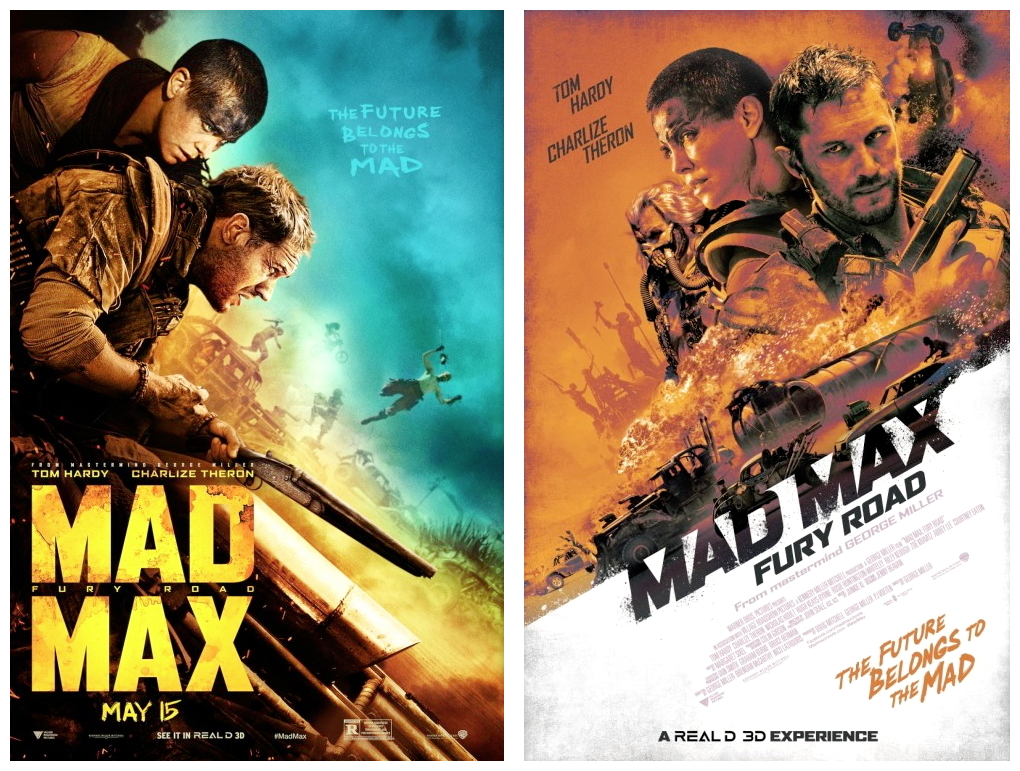
The idea for a fourth instalment first occurred to Miller in 1998 then, about a year later while travelling from LA to Australia, the idea began to coalesce. Miller conceived a story in which violent marauders were fighting, not for oil or for material goods, but for human beings. The film was set to shoot in 2001 with the backing of 20th Century Fox, but was postponed because of the September 11th attacks that same year. Then the American dollar collapsed and the budget ballooned causing more delays. Just as the second film created a new model for the action genre, Fury Road raises the benchmark again. With today’s blockbusters overly reliant on digital wizardry, this reboot is refreshingly old-school. CGI sandstorms and missing limbs aside, Miller keeps it mostly real with stunts, Frankenstein-like vehicles and bone-crunching chaos. Everything that made the original movies so good is taken to the max (Max! Get it? I don’t know why I even bother sometimes) in this relentless thrill machine.
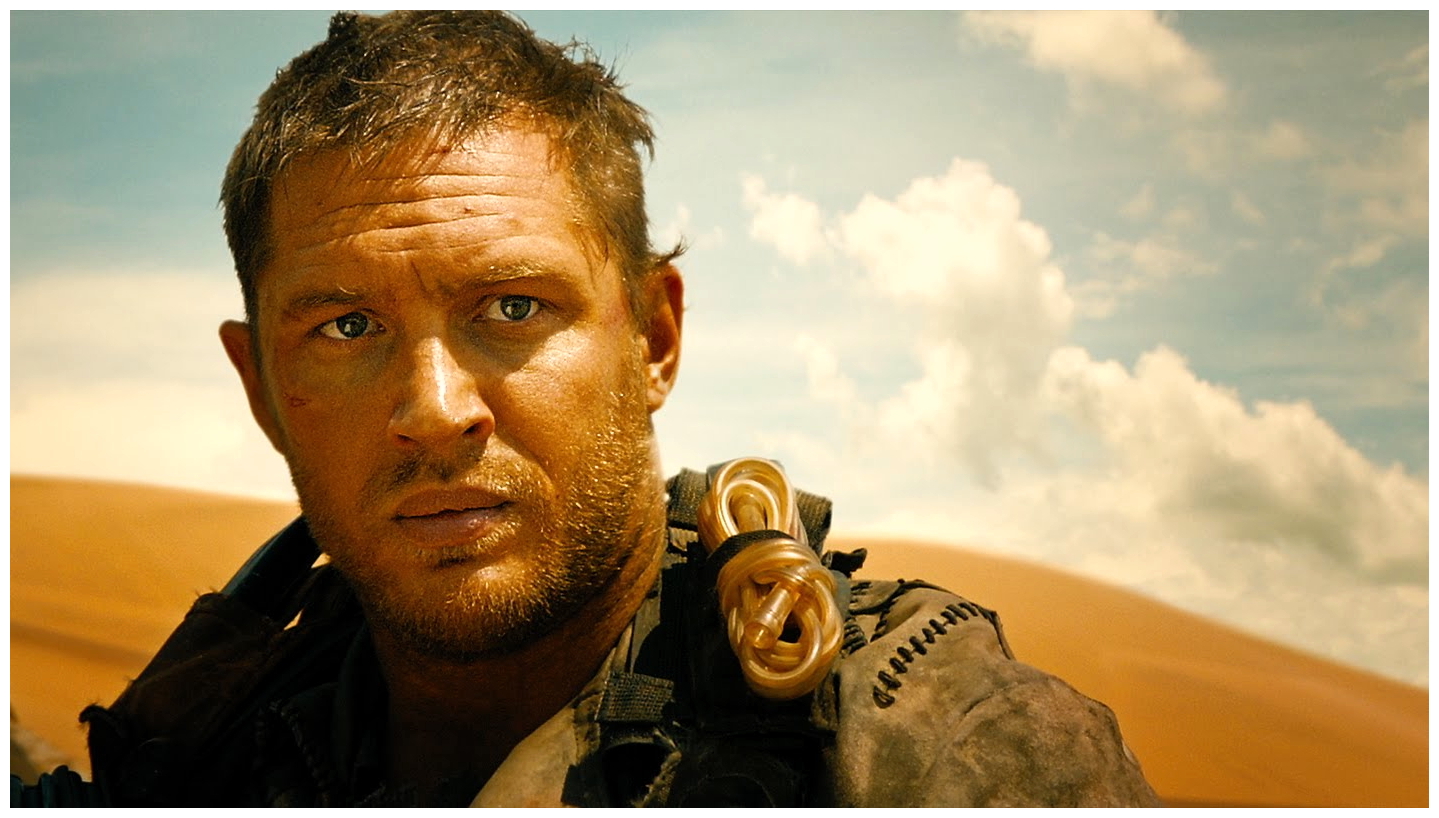
It has very been a long trip to get to Fury Road for Miller, who’s had the script ready since 2003. It was going to be shot in the Australian outback near Broken Hill – the location used for The Road Warrior – until unprecedented rainfall transformed the desert landscape from a post-apocalyptic wasteland into a wildflower-filled garden. After relocating to the Namibian desert in Africa, principal photography finally commenced in 2012. Despite filming overseas and casting a pair of international stars in the leads, Fury Road remains quintessentially Australian. Cinematographer John Seale (who came out of retirement especially for this project) and production designer Colin Gibson join Miller behind the camera, while local familiar faces like Angus Sampson, Megan Gale, Nathan Jones, Quentin Kenihan, Hugh Keays-Byrne and Sean Hape (better known as Iota) show up in supporting roles. Many reviews I encountered mention the lack of any real plot, and Miller himself described the film as a very simple allegory almost like a western on wheels. Be assured Fury Road does indeed have a storyline – what’s missing is the typical exposition that slows many action films down.
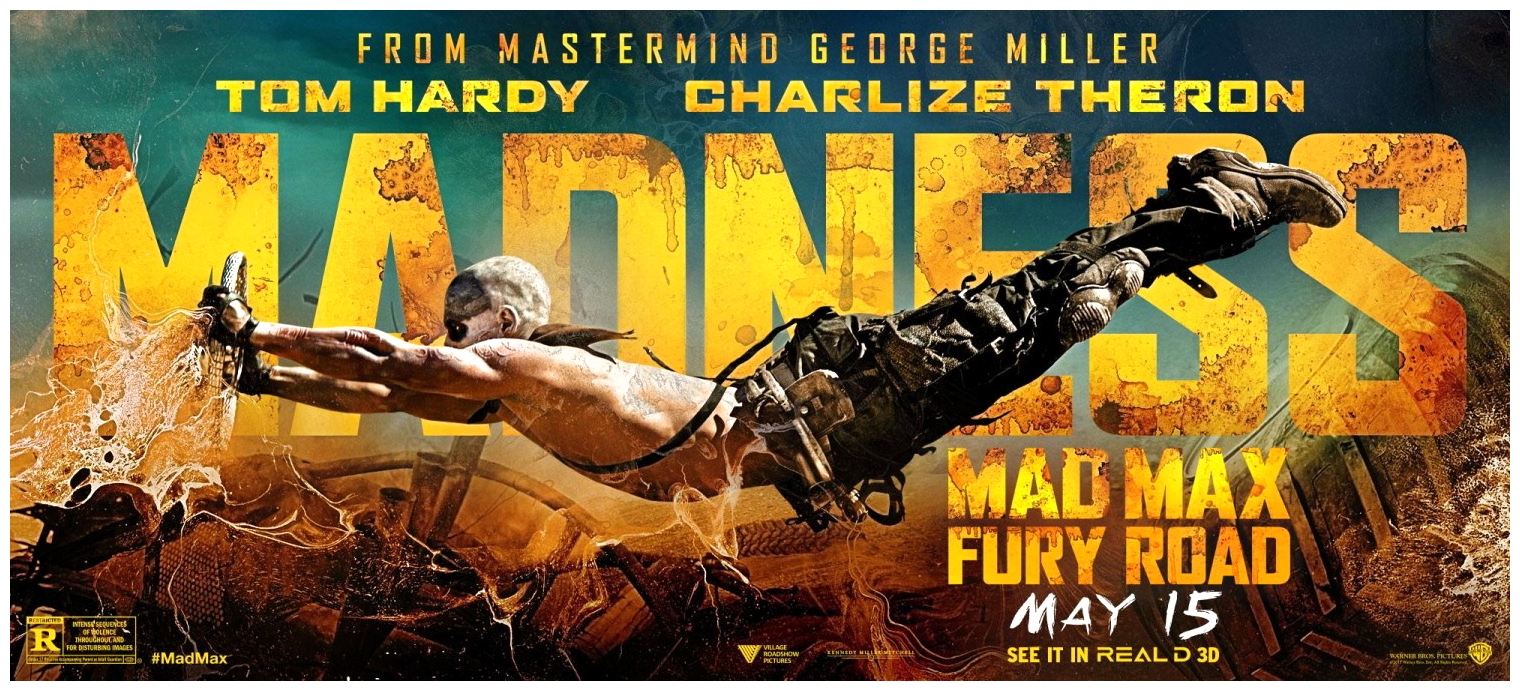
History tells us that a nuclear holocaust has turned the world into a desert wasteland and civilisation is no more. Former police officer and current survivor Max Rockatansky (Tom Hardy) is captured by the War Boys, soldiers under the command of the tyrannical Immortan Joe (Hugh Keays-Byrne). Max is taken to Joe’s citadel to be used as a ‘blood-bag’ for a sick War Boy named Nux (Nicholas Hault). Meanwhile one of Joe’s imperators, Furiosa (Charlize Theron), is sent in an armoured truck called the War Rig to collect precious fuel. When she goes off-route, Joe discovers that his five wives – rare fertile women known as ‘breeders’ – have gone with her. Joe leads every soldier he can muster to chase down Furiosa, and Nux joins the pursuit with Max strapped to the roof of his car. Furiosa drives into a sandstorm to evade her pursuers, except for Nux who recklessly follows her. Max escapes his bonds and restrains Nux, but his car is totalled.
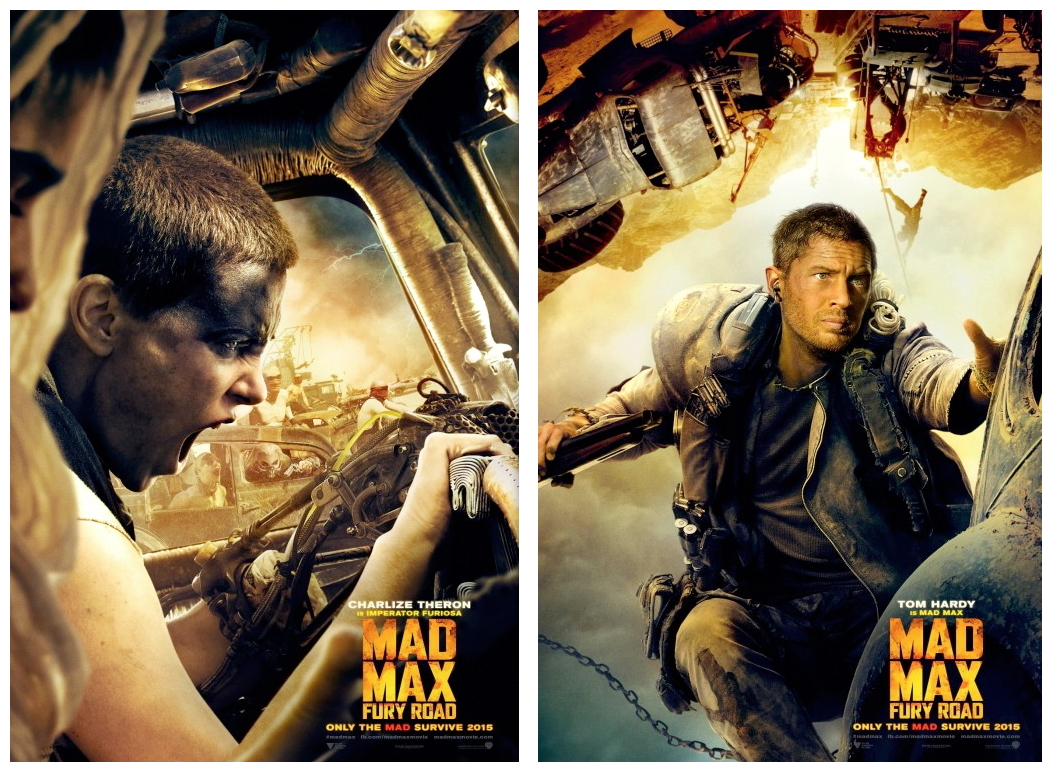
After the storm passes, Max finds Furiosa repairing the War Rig accompanied by the five women: Capable (Riley Keough, daughter of Elvis Presley), Cheedo The Fragile (Courtney Eaton), Toast The Knowing (Zoe Kravitz), The Dag (Abbey Lee) and The Splendid Angharad (Rosie Huntington-Whiteley) who is very pregnant. Max tries to steal the War Rig only to find out it has a kill-switch, so he reluctantly allows Furiosa and the women to accompany him. Furiosa drives through a canyon controlled by bikers in order to barter a deal for safe passage but, with Joe’s soldiers in hot pursuit, the bikers decide to turn on her instead. Max and Furiosa fight off pursuing bikers as Joe and Nux surmount the blockade and eventually attack the War Rig. However, as the rig escapes, Angharad falls off trying to protect Max and is run over by Joe’s car, killing both mother and child.
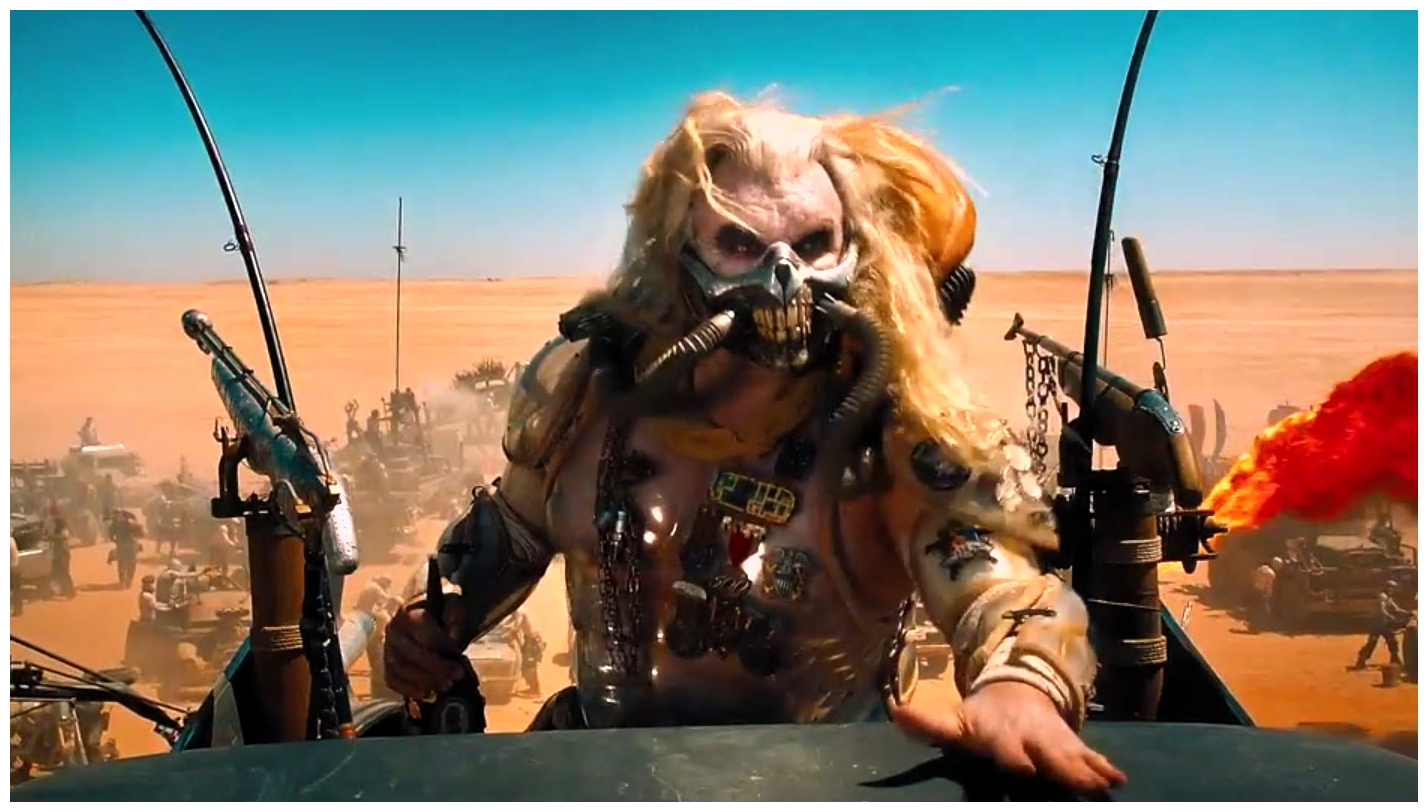
Furiosa finds time to explain to Max that they are escaping to the Green Place, an idyllic land she remembers from her childhood, while Capable finds Nux hiding in the rig distraught over his failure, and she consoles him. That night, the rig gets stuck in mud so Furiosa and Max slow down Joe’s forces with mines, but Joe’s ally The Bullet Farmer (Richard Carter) continues pursuing them. Nux helps Max free the rig while Furiosa shoots and blinds The Bullet Farmer. They drive the War Rig overnight through swampland and desert, coming across a naked woman the next day. Max suspects a trap, but Furiosa approaches the woman and states her history and affiliation. The naked woman summons her clan, the Vuvalini, who recognise Furiosa as one of their own who was kidnapped as a child. Furiosa is devastated to learn that the swampland they passed through was indeed the Green Place, now completely uninhabitable.

Max convinces the group to return with him to the undefended citadel, which has enough water and greenery for everyone. On their way they are attacked again by Joe’s forces and Furiosa is seriously wounded. Joe moves his car in front of the rig to slow it down while Max fights off Joe’s giant son Rictus Erectus (Nathan Jones). Joe captures Toast, who distracts him long enough for Furiosa to kill him. Nux sacrifices himself by wrecking the rig, killing Rictus and blocking the canyon, which allows Max, Furiosa and the remaining women to escape in Joe’s car. At the citadel, the citizens are overjoyed at the sight of Joe’s corpse. Furiosa, the wives and the Vuvalini are cheered on and welcomed by the remaining War Boys. Max shares a respectful glance with Furiosa before disappearing into the crowd and heading off to who-knows-where.

Mel Gibson was all set to reprise his role as Max, but Miller decided to re-cast instead, not only because of recent controversies concerning Gibson’s outbursts, but he also wanted to keep Max a relatively young, contemporary warrior. Many excellent actors were considered for the role – Eric Bana, Michael Biehn, James Frecheville, Heath Ledger, Jeremy Renner, Channing Tatum, Karl Urban, Sam Worthington – before Tom Hardy was eventually signed up. I remember when it was announced that Hardy would be playing the musclebound murderer Bane in The Dark Knight Rises (2012). My immediate thought was, “That wimpy Romulan kid from Star Trek Nemesis (2002) as Bane? No way!” But then I caught up with some of his performances in the interim, and the improvement in his talent as an actor has been truly dramatic. Now one of my personal favourites, Bronson (2008) made me shout, “No wonder he was cast as Bane!” Unfortunately the character was so drastically rewritten as to be virtually unrecognisable to any fan of the comics, but I digress.
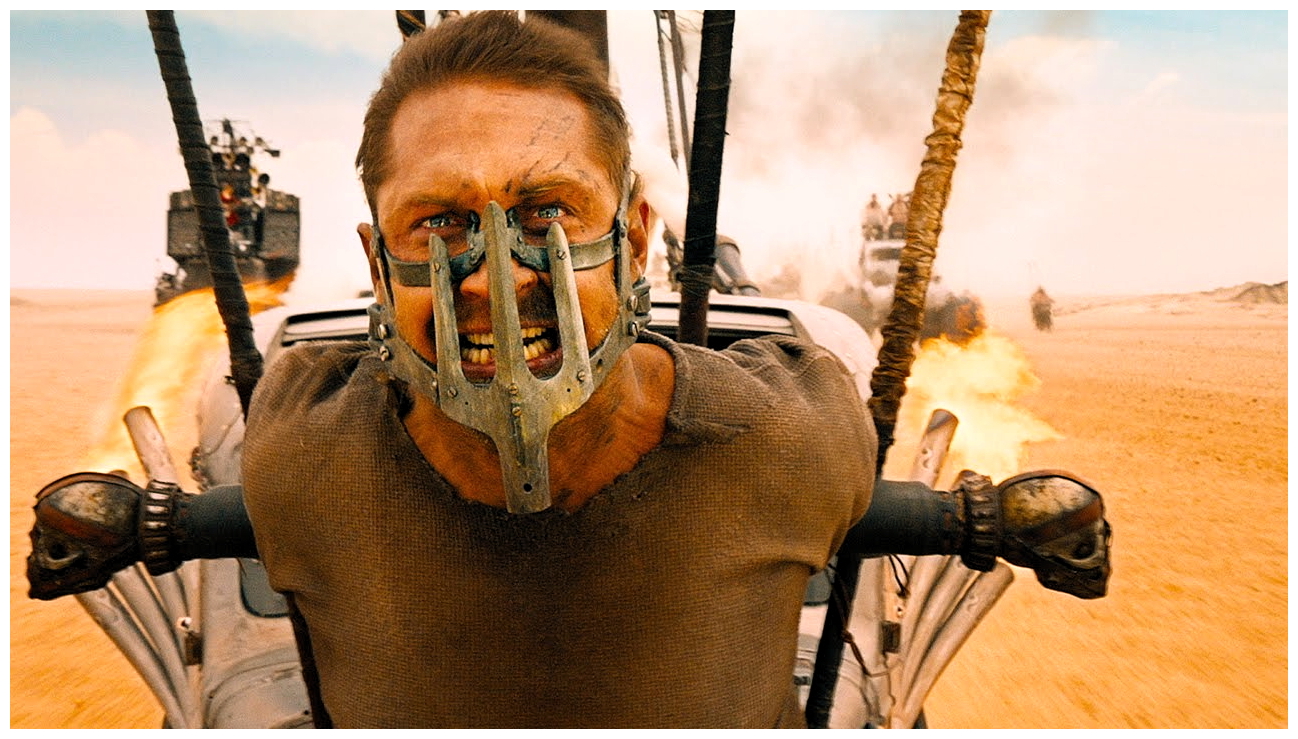
According to Hardy, he accepted the role on the basis that his dog happened to be named Mad Max, then had lunch with Mel Gibson to discuss taking over the iconic role. Gibson said he was fine with it, giving Hardy and the film his blessings. Six months before Fury Road was released, Hardy was so confident with the end result he signed on for three more Mad Max movies. Some viewers have suggested that the character played by Hardy is not Max Rockatansky at all, but a grown-up Feral Kid (Emil Minty) from the second film, pointing to a number of clues, including the little music box Max gives to the Feral Kid is seen again, the Feral Kid’s fur vest (or something very much like it) is seen in Max’s car, Max himself often grunts like the Feral Kid and speaks very little, only about fifty lines including opening narration (which is another clue – the narrator of The Road Warrior is supposed to be the Feral Kid as an old man). Despite this, director Miller insists this is simply not the case, and instead hints that the story of Fury Road might actually be a prequel of sorts. Hardy faithfully fills Gibson’s boots as the taciturn road warrior, but he’s really playing second fiddle to leading lady Charlize Theron as Imperator Furiosa.
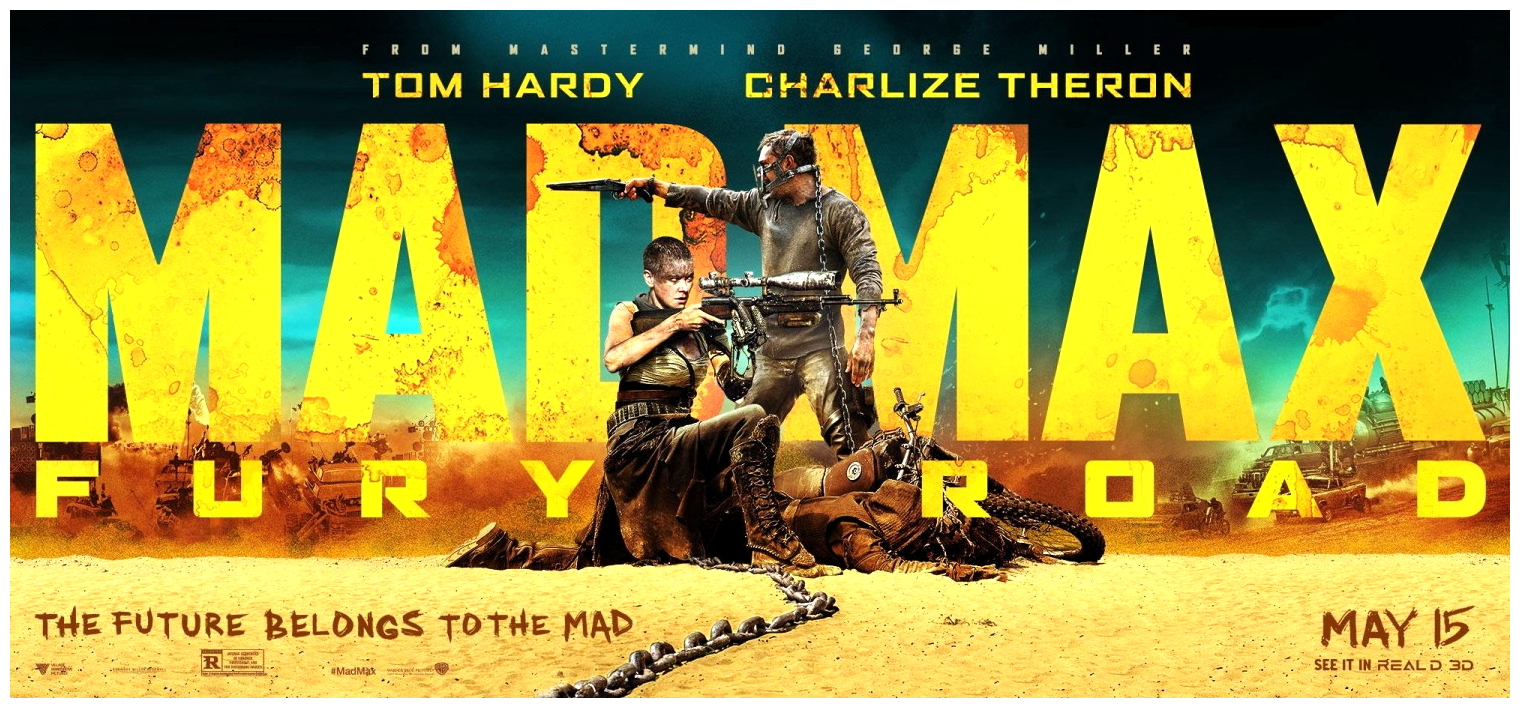
Over the last couple of decades Theron has starred in several dozen Hollywood films such as The Devil’s Advocate (1997), Mighty Joe Young (1998), The Cider House Rules (1999), The Italian Job (2003), Hancock (2008), Prometheus (2012), A Million Ways To Die In The West (2014), and won awards galore for her portrayal of real-life serial-killer Aileen Wuornos in Monster (2003). “Physically and logistically, it was definitely the hardest film that I’ve ever made. I think you can bear anything for four months, which is normal for a movie and we shot – I want to say six months? Seven months? Most of the movie was shot in Namibia, we were really in the middle of no-where. I think the process of making this movie too, was very unusual. I don’t think any of us as actors has ever experienced a process like this – not really having a script, not necessarily having scene numbers – the demand was to kind of show up and just be in this movie, not necessarily be in the scene you’re shooting that day. We were really living in this world the entire time we were shooting, for 130 days, so it was exhausting at times. For everything we lacked in dialogue, we definitely made up for in physical contact, brute force, and just being in the desert.”
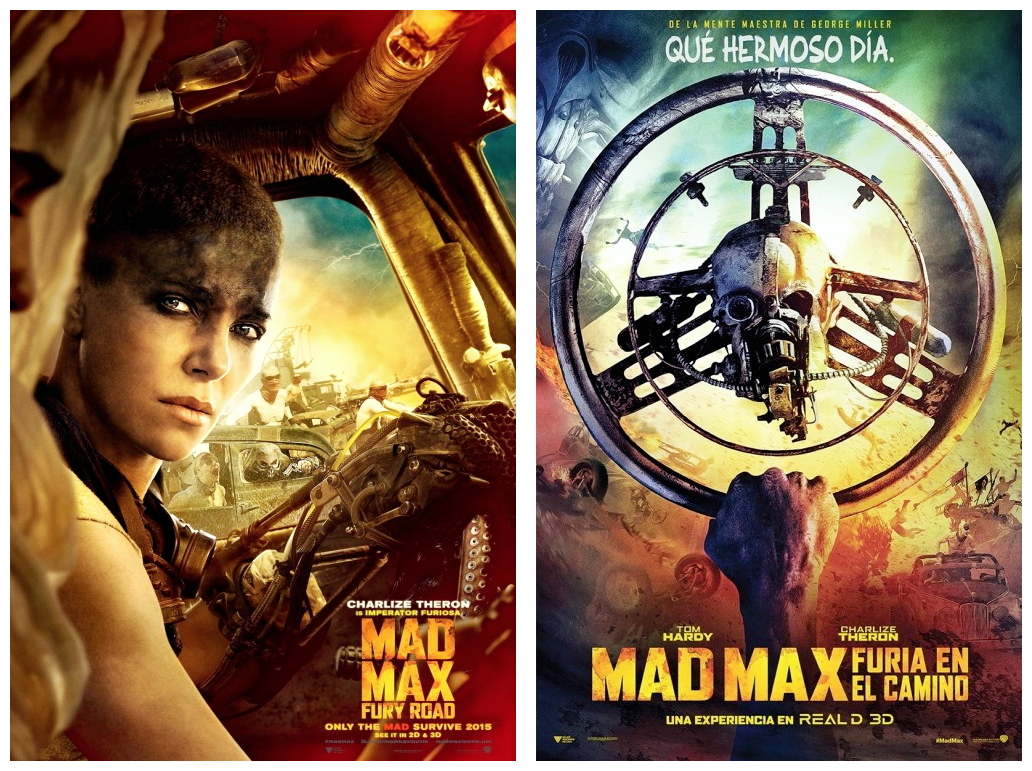
Fury Road’s first big chase sequence is so relentless and exhausting it could serve as the climax to any lesser action movie, but Miller is just warming up. There’s enough action and jaw-dropping stunts here to fill an entire new trilogy, with only a few quiet moments to allow the viewer to catch their breath. The locations and cinematography are absolute knockouts, with the Namib desert replacing the Australian outback as a post-apocalyptic landscape-turned-speedway. Armed with the mega-budget he lacked for the first three films (US$150 million this time), Miller’s vision is rather magnificent and every cent is up there on the screen to be seen. Shot roughly in sequence, editor Margaret Sixel (Miller’s wife) had to cut 470 hours of footage down to just two hours – it took three whole months just to watch it – and won the Oscar for Best Editing for her efforts. Fury Road is one of the most visually ravishing films you’ll ever see, a comic-book movie that isn’t actually based on a comic, and every frame resembles a panel from a glossy graphic novel with a colour scheme to match, including rich ochre for the desert scenes and a silver sheen for the night shots (night scenes were filmed in bright daylight, deliberately overexposed and colour-manipulated and, in many shots, the sky was digitally replaced with more detailed or interesting skies).
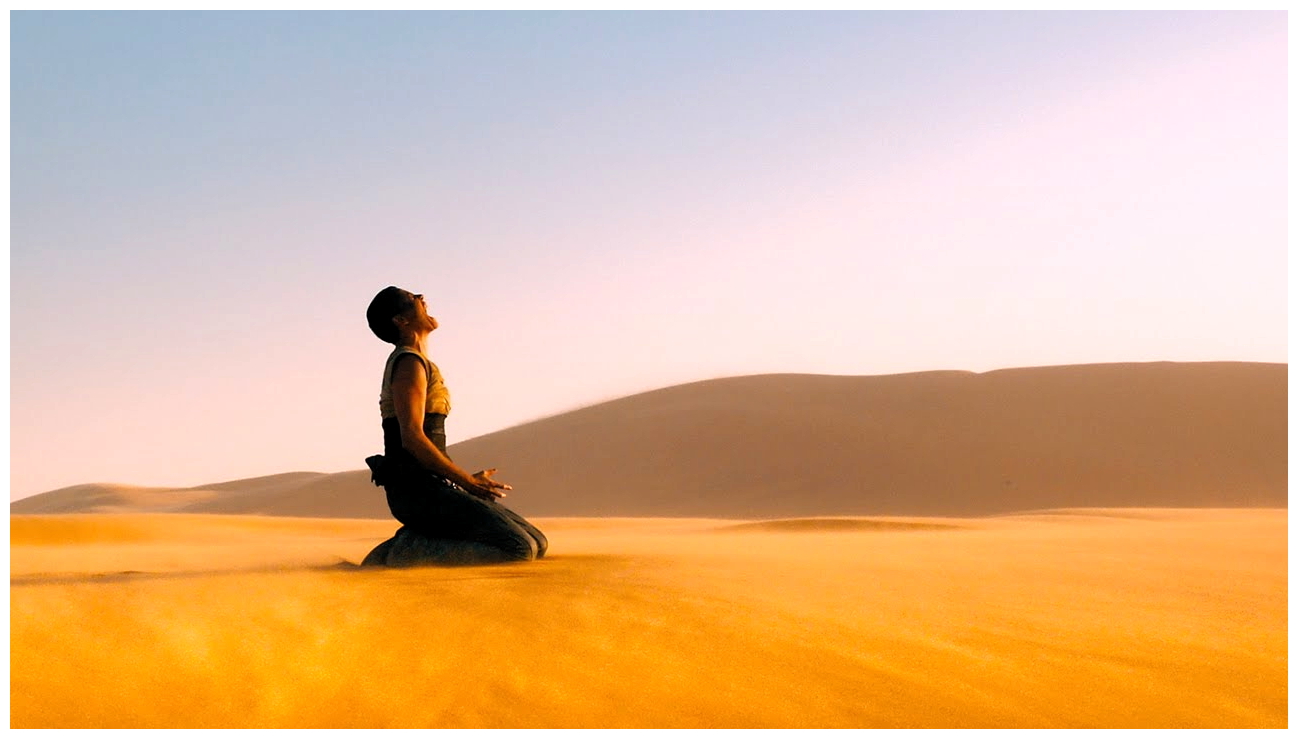
This is a world that is instantly familiar yet unlike anything seen before on the screen. The characters and societies that populate the post-apocalyptic world are also fully realised, from the villainous Immortan Joe and his citadel, to the matriarchal desert clan encountered in the final act. Fury Road has already driven an entirely new generation of viewers into rapture and scooped six Oscars (first Aussie film to win Best Picture, and when will you ever see the fourth film in a franchise walk away with Best Picture?) inspiring a legion of filmmakers to desperately attempt to imitate this epic. Unfortunately, Charlize Theron will not be returning in the next Mad Max adventure which is currently subtitled The Wasteland, mainly because this particular franchise is directly inspired by the American Western and, like all mysterious gunfighter characters, Max will always move on to an entirely new adventure. Now, having demonstrated to you the perils of probing the dark depths of Australian cinema, I’ll vanish into the night, after first inviting you to rendezvous with me at the same time next week when I’ll discuss another dubious treasure for…Horror News! Toodles!
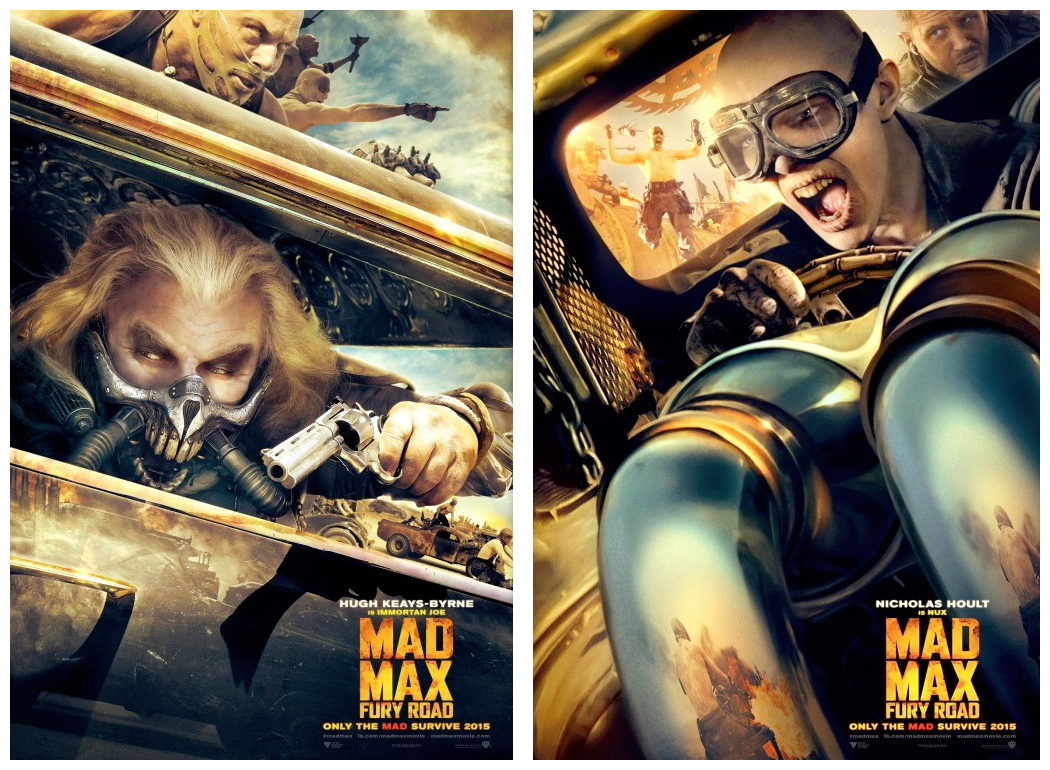
Mad Max Fury Road (2015)
 Horror News | HNN Official Site | Horror Movies,Trailers, Reviews
Horror News | HNN Official Site | Horror Movies,Trailers, Reviews


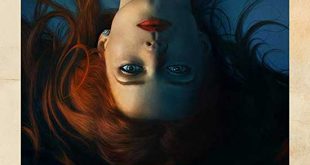
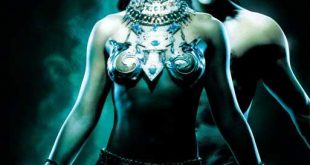


I loved this movie. More often than not relentless action movies become bland and I disconnect from what’s happening on screen because I feel it’s violence without consequences. In this case I stayed connected and interested the entire running time. Fury Road is definitely in the top 5 action movies of all time. It’s also a compelling argument against Hollywood’s propensity for CGI-fests. It’s fun to play video games but watching others play them is much less so.
Thanks again for reading! After creating the epic scale of an action film in the form of The Road Warrior it was going to be hard to live up to the previous films in the franchise, but Miller didn’t just do that, he excelled at it and instead beat his previous films. Fury Road is an exhilarating action fest that goes beyond its boundaries in creating what might just be one of the greatest action films ever made.